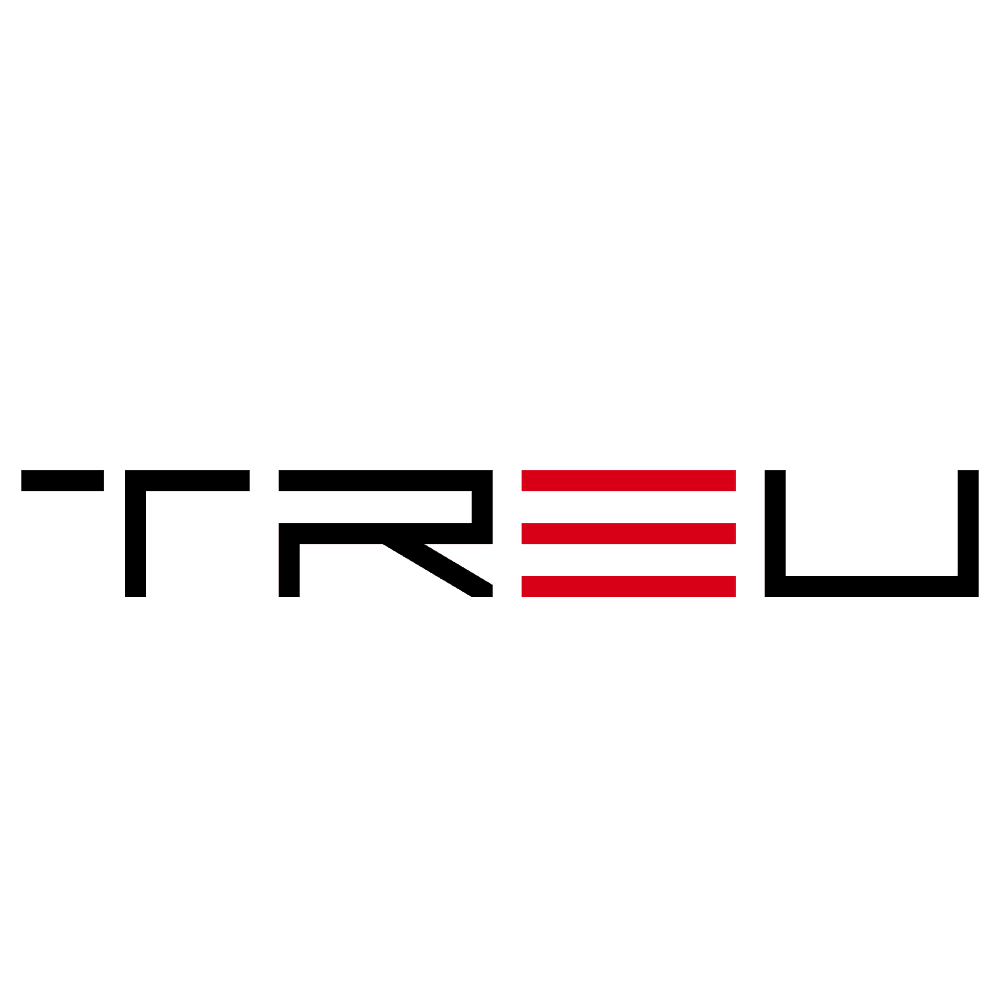Top 10 Generative AI Trends Shaping the Future in 2025
The world of Generative AI is evolving at a breakneck pace, reshaping industries and transforming how humans and machines interact. By 2025, generative AI is expected to dominate discussions surrounding innovation, productivity, and disruptive technology. From enhancing creative outputs to driving efficiency across enterprises, understanding the trends that will define its future is crucial. Below, we explore the top 10 generative AI trends to watch in 2025.
1. Advanced Multimodal AI Models
Generative AI is no longer limited to processing single types of data. The rise of multimodal AI models is a pivotal trend, enabling systems to combine and process multiple data types such as text, images, audio, and even video. In 2025, these models will power applications capable of delivering highly intelligent, context-aware outputs.
Key advantages of multimodal AI models include:
– Seamless cross-domain learning.
– Enhanced creativity with AI generating combinations of multiple media types.
– Use cases like generating marketing campaigns with integrated text and visuals.
2. Increased Personalization in Customer Experiences
As businesses compete to refine consumer engagement, hyper-personalization via generative AI will become the norm. By leveraging customer data and behavioral insights, AI will craft tailored experiences at scale. Whether it’s personalized product recommendations, customized email campaigns, or dynamic website experiences, AI will become the ultimate customer engagement tool.
Why does this matter?:
– Consumers increasingly expect brands to know them on a deeper level.
– Generative AI can create individualized connections with minimal manual intervention.
– Personalization drives higher sales and long-term brand loyalty.
3. Growth in AI Ethics and Governance
As generative AI becomes central to critical operations across industries, concerns around ethics, bias, and misuse will continue to rise. In 2025, both governments and organizations will focus on addressing issues like AI bias, IP ownership, and responsible AI usage.
What to expect in this area?:
– AI systems will adhere to more rigorous regulatory frameworks.
– Greater transparency in how generative AI models are trained and deployed.
– Ethics boards and governance guidelines to prevent misuse of generative AI capabilities.
4. Revolutionizing Content Creation for Media and Entertainment
Generative AI will revolutionize content generation across media and entertainment industries, helping creators produce more dynamic and engaging outputs. Tools powered by AI will automate tasks like scriptwriting, graphic design, and even music composition while maintaining human-like creativity.
Key applications in 2025 include:
– Automated editing and production tools for filmmakers.
– AI-generated game designs and immersive storytelling for the gaming industry.
– AI-moderated collaborations between creators and machines for video and virtual content.
5. Enhanced Human-AI Collaboration
Instead of replacing humans, generative AI will increasingly serve as a collaborative assistant. AI tools will work alongside professionals from various domains such as healthcare, design, journalism, and education to enhance efficiency and productivity.
Examples of stronger collaboration include:
– Generative AI assisting doctors in diagnostic processes by creating patient-specific health simulations.
– Creative professionals brainstorming ideas with generative AI to refine designs or marketing materials.
– Educators using generative AI to create highly customized learning materials for diverse student groups.
6. Proliferation of AI-Generated Code
Coders and developers will witness a surge in AI-generated programming solutions, particularly with tools like GitHub Copilot and ChatGPT for developers becoming more powerful. By 2025, these platforms will likely become standard tools in software development workflows.
What’s driving this trend?:
– AI reducing routine programming tasks for greater efficiency.
– More non-programmers entering the software space, aided by conversational coding interfaces.
– Generative AI enabling faster debugging and code optimization.
7. Democratization of AI Tools
As generative AI becomes more accessible, non-technical users will gain increasing access to sophisticated tools. Previously niche applications—like AI-driven graphic design or video editing software—will expand and cater to professionals without coding expertise.
Benefits of democratized generative AI:
– Lower barriers to entry for small businesses and solopreneurs.
– Accessible platforms that empower creators across industries.
– Greater workforce adoption as organizations prioritize ease-of-use solutions.
8. Generative AI in Healthcare Innovations
Generative AI will play a critical role in healthcare transformation, from personalized treatment strategies to drug development. Imagine AI systems that simulate human biology to generate treatments faster or tools that reconstruct medical imaging for improved diagnostics.
Expect healthcare breakthroughs such as:
– AI-generated drug discovery, speeding up the process for medicine development.
– Virtual health assistants creating personalized care recommendations.
– Enhanced imaging algorithms for early detection of diseases.
9. Generative AI and 3D Design
Another cutting-edge trend is the growing use of generative AI in revolutionizing 3D design, prototyping, and manufacturing processes. From product design to architecture, industries are leveraging AI-generated 3D models to streamline creative and production cycles.
Key developments that will gain traction in 2025:
– Architects using AI to simulate structures with environmental and functional constraints.
– Manufacturing companies moving to AI-generated prototypes, reducing waste and costs.
– The fusion of generative AI with augmented reality (AR) and virtual reality (VR) for immersive pre-visualization.
10. AI-Powered Cybersecurity Threat Modelling
As technology evolves, so do potential vulnerabilities. Generative AI will be an asset in cybersecurity threat modeling—anticipating, analyzing, and responding to hackers as they attempt to exploit AI-built systems. Cyber defense will require advanced AI to combat AI-generated malware threats.
Cybersecurity innovations will include:
– Generative AI detecting patterns in real-time to stop breaches faster.
– AI-enabled predictive analysis for tackling future threats.
– Ethical AI working alongside network administrators to identify potential attack surfaces.
Conclusion
Generative AI will begin to transform nearly every major sector this year, from healthcare to media and beyond. Businesses that embrace these trends early are poised to thrive in the age of AI innovation. Whether it’s reshaping customer experiences, automating design processes, or bolstering cybersecurity, generative AI holds the key to unlocking unprecedented possibilities.
As we move forward, it’s important to balance innovation with ethics and governance, ensuring generative AI is used responsibly and inclusively. Organizations that combine technology with a focus on transparency and human collaboration will lead the charge in this exciting future of AI-driven transformation.
Are you ready to embrace the trends shaping the world of Generative AI? If not, what’s keeping you?

